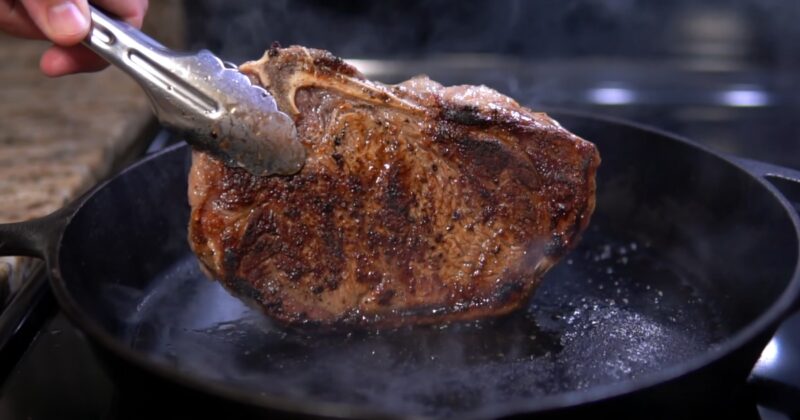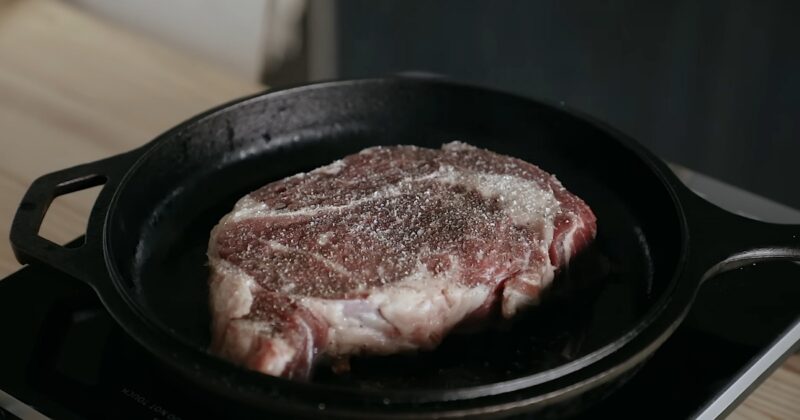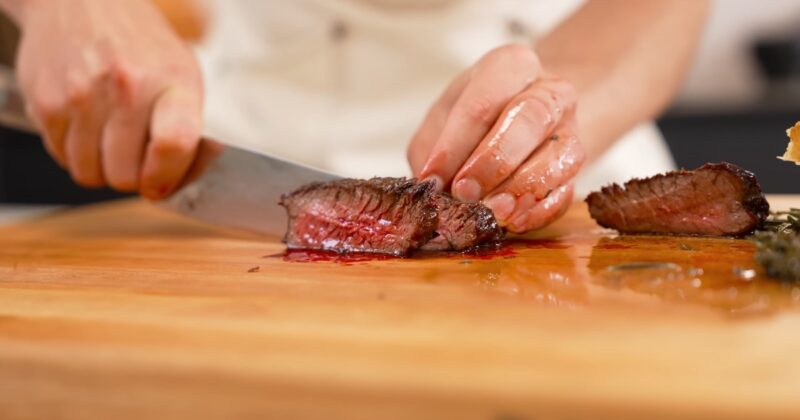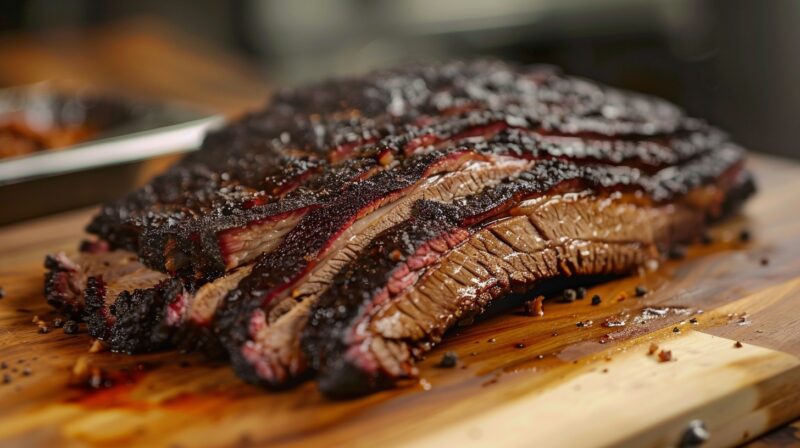Steak – the pinnacle of culinary dreams and the bane of amateur chefs. I’m here to talk about a painful truth that many of us have faced in the solitude of our kitchens: the tragedy of a sucky steak.
You know what I’m talking about – that moment when you’re all fired up to sizzle some beef, dreaming of a juicy, tender feast, but end up with a chewy, bland hunk of disappointment.
It’s not just you; it’s a culinary crime scene happening on dinner plates everywhere. So, grab a seat, and let’s get real about why your steak might be letting you down and how we can fix it.
What You’re Doing Wrong

Not all “steak” cuts are born equal. Ribeye, filet mignon, and New York strip? Tender cuts. Flank or skirt steak? Welcome to Chewy Town.
And if you’re not paying attention to the freshness, marbling, and whether your beef was grass-fed, you’re setting yourself up for disappointment.
Cut, Marbling, and Why Age Isn’t Just a Number
- Choosing Your Cut: If it’s tenderness and juiciness you’re after, ribeye, filet mignon, and New York strip are your best bets. These cuts come from less worked parts of the cow, making them more tender.
- Marbling Matters: Those little fat lines running through your steak aren’t just there for show. More marbling equals more flavor and tenderness. Trust me, whenever I choose a steak, everyone loves it.
- Fresh and Fine: Fresh steaks are like recent blockbusters–more likely to impress. Also, the age of the animal plays a role – younger means more tender.
- Diet and Activity: Grass-fed beef isn’t just a fancy label; it means the cow was probably more active and ate better, leading to a leaner, more tender steak.
The Preparation Ritual
So, you’ve got your perfect cut. Now, let’s talk about getting it ready. Seasoning with salt doesn’t just add flavor; it tenderizes. Letting your steak sit at room temperature and giving it a generous salt rub before cooking is key.
Oh, and blotting the meat dry? You’re prepping it for the best crust of its life through the Maillard reaction.
The Do’s and Don’ts of Cooking Your Steak
- Heat Is Your Friend… Until It’s Not: A cast-iron skillet or a clean grill should be screaming hot to get that caramelized crust. Yet, please avoid turning your steak into charcoal. Medium-rare is juicy; well-done is… well, let’s not go there.
- The Flip Side: Contrary to popular belief, flipping your steak more than once won’t ruin it. It cooks it more evenly, so flip away!
- Oil Choice: Using an oil with a high smoke point avoids giving your steak an eau de burnt.
- Resting Time: Ever cut into a steak and it looked horrible? Letting it rest means those juices redistribute, making every bite juicy.
The Myth Busters
- Room Temperature Debate: Does the idea of letting steak sit out to reach room temperature make a massive difference? It’s a myth, but it does help a bit with even cooking.
- Marinate or Not: Tougher cuts benefit from a little soak in a tenderizing marinade, but your prime cuts? Just salt, pepper, and maybe some garlic for those feeling adventurous.
Pay Attention When Cooking a Well Done Steak!

Now, for those of you who insist on cranking that heat and aiming for what you call “well done,” let me paint you a picture. Imagine chewing on something that’s one step away from becoming a new type of car tire. Appetizing? I didn’t think so.
And before you start with the whole “but rare means tons of bacteria” argument, let me stop you right there. The difference in contaminant risk between your barely-there pink and charcoal black is about as significant as my interest in watching paint dry.
Oh, and if turning your steak into a chew toy wasn’t enough, congratulations, you’re also cranking out chemicals worthy of a science fiction novel – heterocyclic amines, or HCA, for those in the know. These bad boys love to party at high temperatures and might just up your ante for something as nasty as bladder cancer.
But wait, there’s more! If you manage to overcook that steak to oblivion, you’re not just losing moisture; you’re also kissing goodbye to any semblance of that charred perfection. What you’re left with is a piece of meat that’s disastrous. And for the love of all that is holy, if you have Wagyu steak, treat that like the treasure it is.
These thin slices of heaven are meant to be savored medium-rare. Anything more, and you’re telling the world you’d rather eat dollar bills than respect the full-flavored glory of well-raised cattle.
Why Americans Can’t Get Enough… But Sometimes Get It Wrong

Americans eat around 57 pounds of beef per person per year. That’s a lot of steak – and a lot of potential for tough, disappointing dinners. The truth? Not all meat labeled as “steak” will turn into that tender, flavorful dish you crave without a little know-how and a lot of respect for the process.
Finding Your Flow
The journey to the perfect steak doesn’t end at the butcher’s counter (though, choosing a reputable butcher is super important). Cooking the perfect steak is an art and a science, requiring patience, precision, and a willingness to learn from your mistakes.
It’s Not You, It’s How You Cook It

So, why does your steak suck? It’s not because the universe is conspiring against your culinary endeavors. It’s likely because some crucial steps in the selection, preparation, and cooking process were missed or mishandled.
Ingredients also matter, and it’s crucial to distinguish between true gourmet essentials and overhyped options to ensure that your steak cooking results in a delicious meal.
Remember, cooking steak is a skill honed over time, with each mistake a step towards perfection. Next time you’re about to throw a piece of meat on the grill or in a pan, remember: the cut, freshness, marbling, and preparation are your foundations. Build on them wisely, respect the process, and soon, you’ll be the one teaching others why their steak sucks – and how to fix it.







